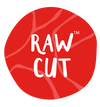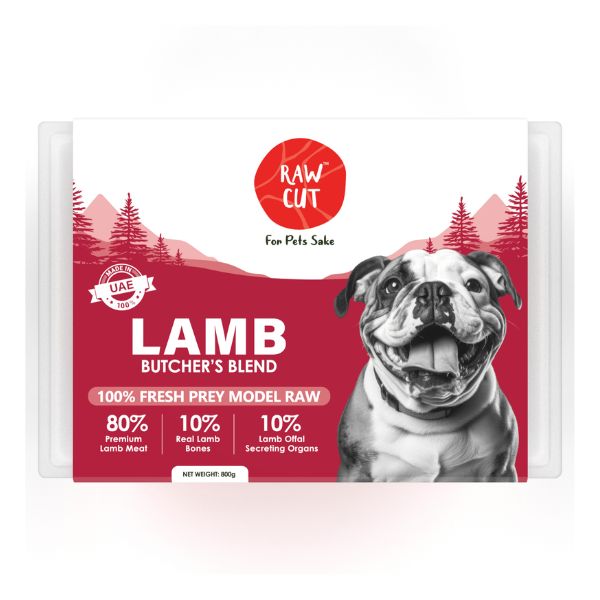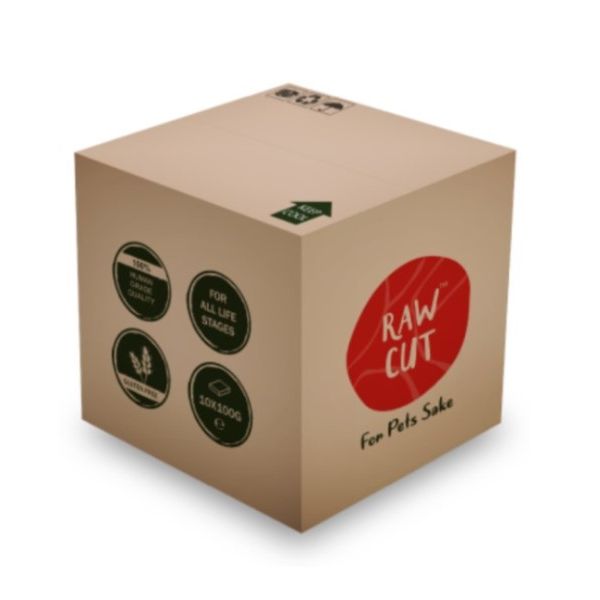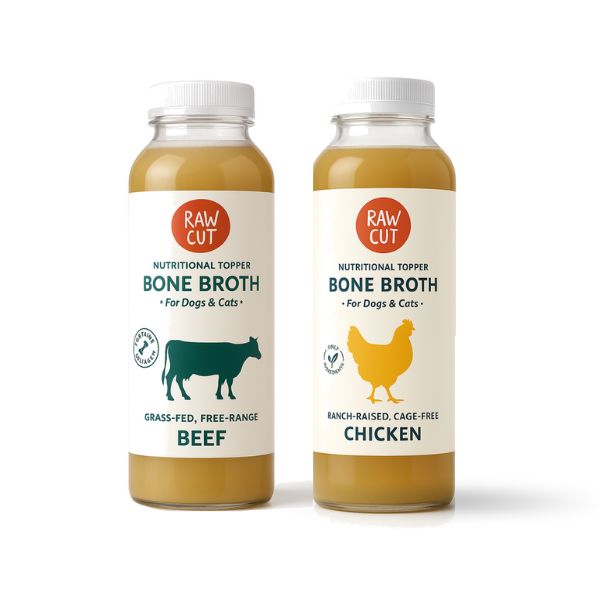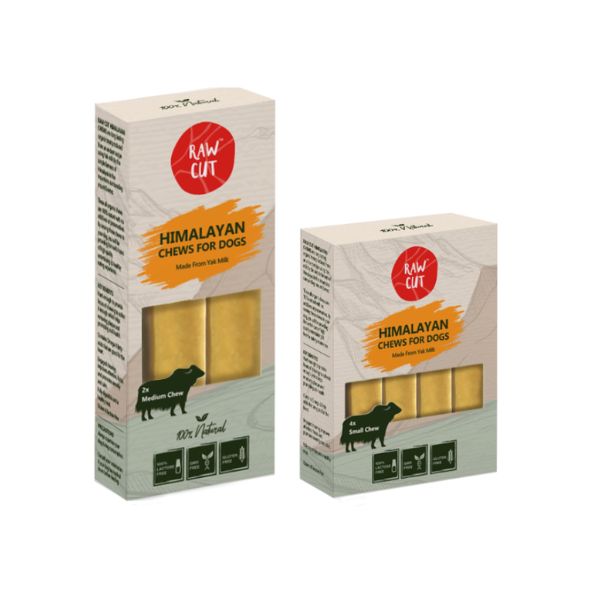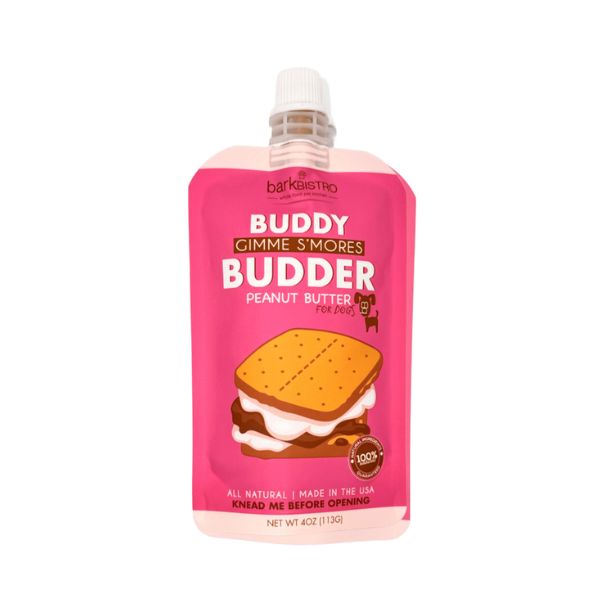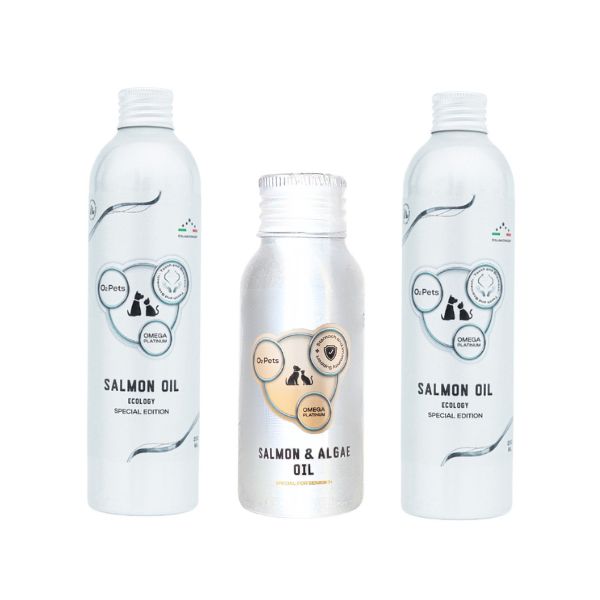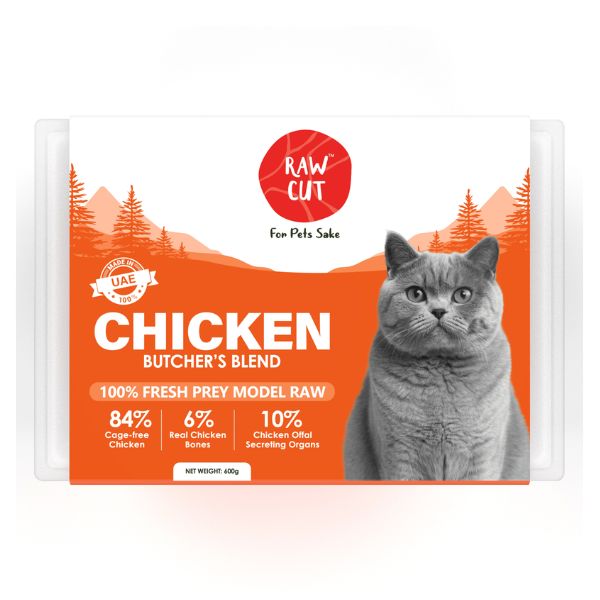Raw Vs Kibble

THE NATURE OF DOGS
Breeds of dog we see today has one common ancestor: The Wolf.
Back then dogs would eat whatever they could catch on their own. Also, there was a particular feeding order. The first to feed where lactating females, followed by alpha males, everybody else including the very young wolves last. This order was healthy. What was left for the young wolves, where the bones with the rich bone marrow. Bones make for strong teeth and offer rich nutrition at the same time. This has not changed for thousands and thousands of years.
However, about 27.000 years, beginning with the domestication of dogs their diet started to change over time. What many people do not consider these days, even the dog is domesticated, their digestive tract and dietetic needs are not domesticated. Among many instincts, dogs have also retained their carnivore needs: bones and meat, organs, and partially digested vegetable matter in a raw food state. They are still scavengers and will eat whatever is available.

CAN KIBBLE EVER BE A HEALTHY DIET
The short answer is NO.
The rule of the thumb for most supermarket brands is, this kind of food contains of the three Ds: Dying, Dead and Decay. With other words, whatever in the meat industry does not make out for human consumption ends in your dog’s stomach. A truly said analysis!
If anything of the above-mentioned has any bearing, then kibble can never be a healthy diet for your dog! It might be convenient for some dog owners, and I am consciously avoiding the term caretaker of your dog in this context, commercial pet food will never be a nutritious and healthy choice for your dog!
THE PET FOOD INDUSTRY In America alone, the pet food industry is a staggering USD 72 Billion enterprise! It is not further surprising, that beginning with TV ads, over pet food companies, supermarkets right to many veterinarians you are told all the healthy advantages if you just buy their food. Too many want a cut of that multi billion dollar industry. Only your dog pays a higher price. He pays with his health and longevity. The rise of chronic illnesses in dogs underpins this statistic. To make things worse, there is no lobbying in the pet food industry. It is poorly regulated, meaning any brand can claim virtually anything. Meaty does not mean meat. Kibble might consist of the cheapest protein available, usually in some form of soya. Not really a hearty junk of fresh meat.
In America alone, the pet food industry is a staggering USD 72 Billion enterprise! It is not further surprising, that beginning with TV ads, over pet food companies, supermarkets right to many veterinarians you are told all the healthy advantages if you just buy their food. Too many want a cut of that multi billion dollar industry. Only your dog pays a higher price. He pays with his health and longevity. The rise of chronic illnesses in dogs underpins this statistic. To make things worse, there is no lobbying in the pet food industry. It is poorly regulated, meaning any brand can claim virtually anything. Meaty does not mean meat. Kibble might consist of the cheapest protein available, usually in some form of soya. Not really a hearty junk of fresh meat.
RAW V.S KIBBLE
Like with the human (animal), if you do not want your dog to be another statistic of poor diet, a raw food regimen should be your only choice. This is the only diet, which supplies your dog with real energy! Food, which is whole, fresh, uncontaminated and unprocessed.
ADVANTAGES OF RAW FOOD DIET
Not just is this diet natural to the dog's dietetic needs; it helps the body fend off ageing, improve cell oxygenation, metabolism and renewal, helps fight off diseases, and above all it is easily digested. Because this type of food is highly metabolized, there is up to 1/5 less waste with no unpleasant odor.
- Another advantage are healthy and white teeth! Feeding your dog accordingly to his dietic needs will save you the 6-monthly trip to the vet. More importantly, since there is no accumulation of bacteria in the oral cavity your dog will not develop health issues caused my bad teeth.
- Soon after changing to a raw food diet the energy levels will improve dramatically.
- Obesity is no longer an issue. – Veterinarians these days say, up to 50 % of their clients are obese. And just like in humans, obesity comes with its own health issues.
- You will notice that the coat of your four-legged friend looks healthier, shinier and becomes silky.
- A raw food diet contains up to 65-80% of moisture. This helps not only the digestion but also the kidneys.
- It is free of chemicals, pesticides, additives, colour, aroma, flavour enhancer or cancerous material.
Resources
Becker, K. (2012). The big business of pet food. Healthy Pets.
http://www.healthypets.mercola.com/sites/healthypets/realfoodforhealthydogsandcatscookbook.aspx
Animal Protection Institute (2004). What’s really in pet food. Animal Protection Institute.
http://www.api4animals.org/689.html
Dijcker, J.D., Hagen-Plantinga, E.A., Everts, H., Bosch, G., Kema, I.P., Hendriks, W.H. (2012)
http://www.edepot.wur.nl/210418
